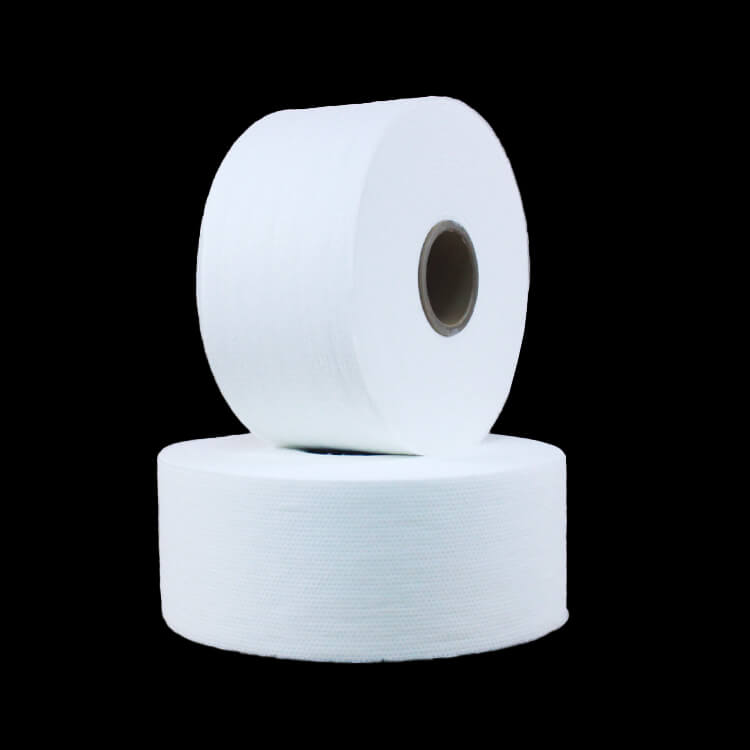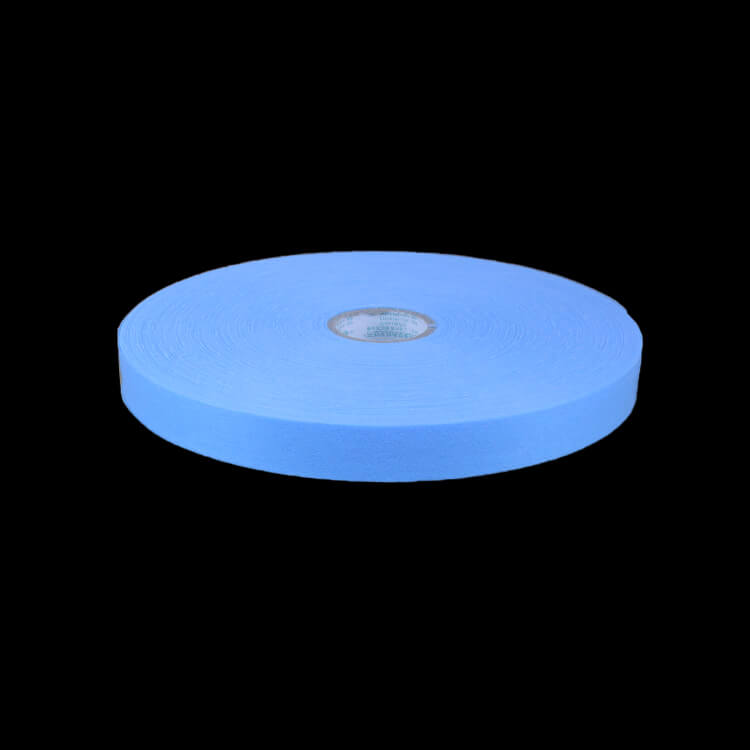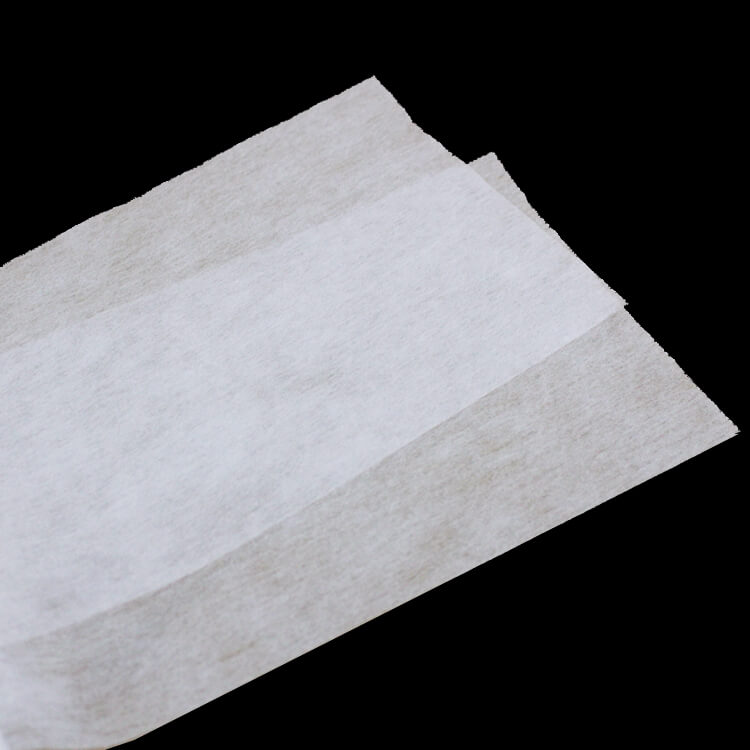Author:Baby & Adult Diaper Materials FROM:Diaper Materials Manufacturer TIME:2023-09-28
The use of material diapers has gained popularity in recent years as people become more environmentally conscious and seek sustainable alternatives to disposable diapers. Understanding the science behind material diapers can help parents make informed choices about diapering options for their babies. In this article, we will explore the benefits and components of material diapers, as well as the environmental impact and care considerations.

Material diapers offer several advantages over disposable diapers. Firstly, they are reusable, reducing the amount of waste generated. This is particularly important considering that disposable diapers take hundreds of years to decompose in landfills. Secondly, material diapers are usually made from natural fibers such as organic cotton or bamboo, which are gentle on a baby's sensitive skin. They are also designed to be more breathable, reducing the chances of diaper rash. Additionally, material diapers can be adjusted to fit different sizes, allowing for longer-term use and potential cost savings.

A typical material diaper consists of three main components: an absorbent inner layer, a waterproof or water-resistant outer layer, and closures to secure the diaper. The absorbent inner layer is usually made of layers of fabric or microfiber that can hold moisture away from the baby's skin. The outer layer is often made of a breathable, waterproof material such as polyurethane laminate (PUL) or TPU (thermoplastic polyurethane). This layer prevents leaks while still allowing airflow to keep the baby dry and comfortable. Closures can vary, with options including snaps, hook-and-loop fasteners, or diaper pins.

Material diapers have a significantly lower environmental impact compared to disposable diapers. According to studies, the water and energy used to wash material diapers are still much less than the resources required to manufacture disposables. However, it is important to note that proper care and washing practices are essential to minimize environmental impact. Material diapers should be washed in an energy-saving setting with mild detergent and without the use of fabric softeners or bleach. Line drying or using a low-heat dryer setting can also help reduce energy consumption.
It is worth mentioning that while material diapers offer numerous benefits, they may not be suitable for everyone. Some parents find the extra laundry and maintenance required inconvenient or impractical for their lifestyle. Additionally, some daycare centers or facilities may have policies that only allow disposable diapers. Understanding these factors is crucial when deciding on the right diapering option for your baby.
In conclusion, understanding the science behind material diapers can help parents make informed choices that align with their values and needs. Material diapers offer benefits such as reduced waste, gentle materials for sensitive skin, and long-term cost savings. They consist of absorbent inner layers, waterproof outer layers, and various closure options. While material diapers have a lower environmental impact, proper care and washing practices are necessary. It is important for parents to consider their lifestyle and individual circumstances when determining whether material diapers are the right choice for their family.

 Email: info@whldiapernonwoven.com
Email: info@whldiapernonwoven.com
 MP/WhatsApp: +86-13599937366
MP/WhatsApp: +86-13599937366
 Manufacturer Address:Room 1105B, Bld M1, Manhattan, Yulongwan, Shimao, Shuanglong Road, Meiling Street, Jinjiang, Fujian, China
Manufacturer Address:Room 1105B, Bld M1, Manhattan, Yulongwan, Shimao, Shuanglong Road, Meiling Street, Jinjiang, Fujian, China